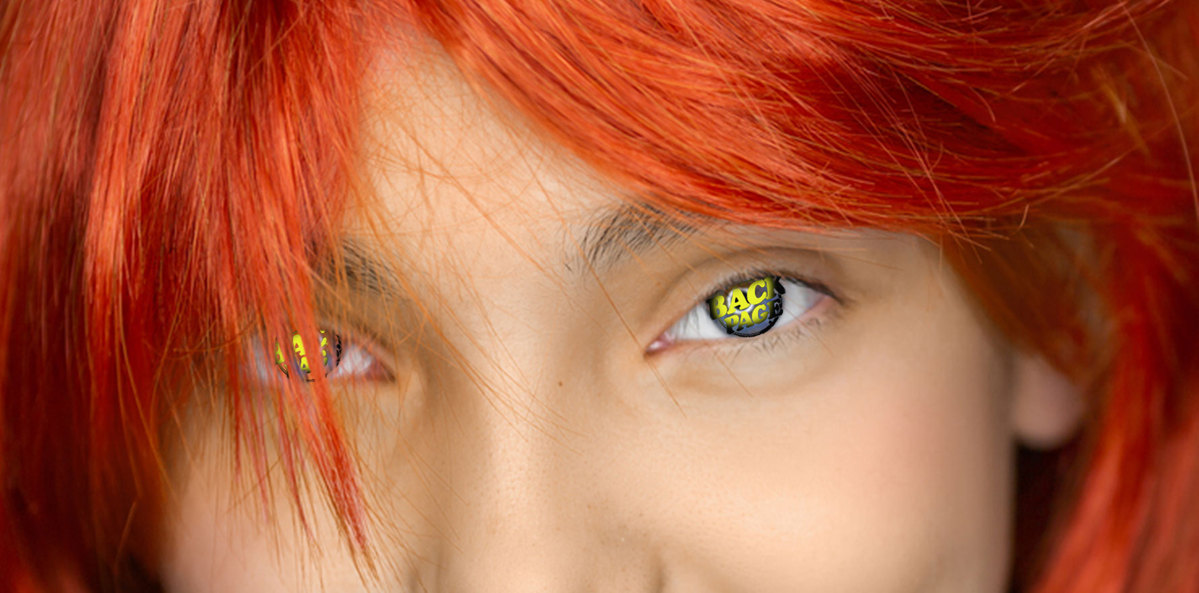Blindness is a mercifully rare complication of this common procedure.
Of all the ways to go blind, this isn’t one they warned us about.
Retinopathy associated with the use of hair dye aromatic amines, to which the authors of this JAMA Opthalmology paper give the handy acronym of RAHDAA, has recently struck four women in the US who were innocently dyeing their hair out of a packet.
Aged between 32 and 66, some of them were presumably doing so to cover their grey, which despite scads of inspirational material like this during the pandemic, remains an unloved colour.
But hair dyeing has become so ubiquitous now it feels rarer to see a natural shade.
Your Back Page scribe has been dyeing since long before any greys appeared, starting in high school with a range of illicit purples, pinks and blues; then we went jet black for around 20 years, and after a brief spell as a natural blonde (see headshot) we’ve now settled into life as a redhead.
And yes, we DIY as it costs about a quarter of the time and 1/40th of the money that a professional job costs.
So this JAMA Opthalmol. Article has us nervously scrolling through the ingredient list on our preferred brand for something called para-phenylenediamine.
The 61-year-old woman in this case study presented with blurry vision and turned out to have “multiple bilateral serous retinal detachments mimicking MEK inhibitor-associated retinopathy”.
Para-phenylenediamine may disrupt the mitogen-activated protein kinase (MAPK) pathway that retinal pigment epithelial cells rely on to survive, the authors propose, causing partial blindness in the same way as MEK inhibitors used in cancer treatment.
She underwent numerous tests to rule out other causes, and her vision completely restored itself four months after she stopped using the dye. Four years later her vision is fine but some subretinal deposits are still visible.
Three cases of the same thing were reported in 2022.
We’re left with questions.
The brief JAMA O. article doesn’t tell us the route of exposure, except to say that “Any scalp lesions might facilitate the systemic absorption of aromatic amines and perhaps account, in part, for the presumed rarity of this abnormality. However, no scalp wounds have been observed in the described cases.”
Pretty sure a head wound would be covered under the general “do not apply to broken skin” warning. That would sting.
So did they get the dye in their eyes? Did they breathe in para-phenylenediamine fumes in poorly ventilated bathrooms? Did the stuff get absorbed through their unbroken scalps and make its merry way to the retinas where it decided to make a mess?
We don’t know.
The article also does not mention the hair dye brand/s involved, which would have been our first question.
There are more fun ways to go blind, after all.
Send silky soft story tips to penny@medicalrepublic.com.au.


